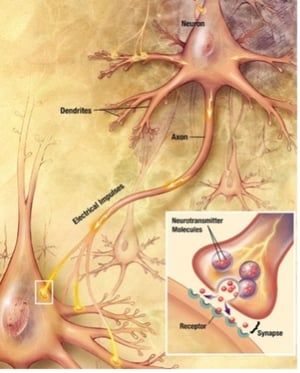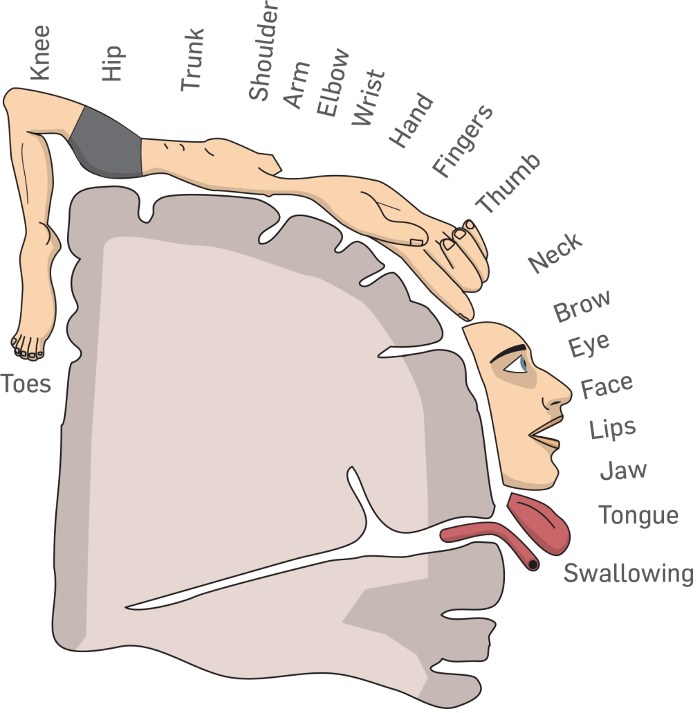
Giving Up Coffee
There’s a wonderful story about a wise fool named Nasrudin. A leader approached Nasrudin to receive some advice and pled with Nasrudin to help him give up drinking coffee.
Nasrudin thought about it for a while, then finally agreed to help. Nasrudin asked the leader to return in two months. The leader agreed.
When he returned, Nasrudin stared directly at the leader and said clearly:
The leader was stunned. “Is that all?”“Stop drinking coffee. You do not need it anymore.”
“Yes,” said Nasrudin, “you will find that your craving for coffee has completely gone.”
Well, you could have said that to me when we first met, so why did I have to wait two months and come back and see you?”
With a smile, Nasrudin said, “I had to give up coffee first.”
This little story told by Peter Hawkins, a British management consultant from his book The Wise Fool’s Guide to Leadership, offers several perspectives. First, it’s an inside joke about consultants. Many leaders have a less-than-favorable opinion about consultants. I understand that, speaking as someone who needs to frequently explain how a process consultant like me is different from “those consultants” who give many of us in the trade a bad name.
To Nasrudin’s credit, the second perspective this story provides is that he wanted to make sure his advice would be helpful.
And a third reason for me to begin with this story about Nasrudin in this post about neuroplasticity and leadership is that it points to the nature of neuroplasticity that Nasrudin needed to experiment with first before he felt good about offering his advice.
Firing and Wiring
In my corresponding Leadership Meets Life podcast episode that you can find here, I provide an overview of neuroplasticity focused on the reality that neurons in our brain that “fire together, wire together.”
Neuroplasticity is defined as “the brain's ability to reorganize itself by forming new neural connections throughout life.” Nasrudin needed to prove to himself that giving up coffee for two months helped him see he didn’t need to have coffee.
And while the story oversimplifies the act of changing a pattern or habit, during those two months, the familiar neural pathway that informed Nasrudin every morning—including the well-worn path of opening the cupboard door and getting the coffee mug, and the familiar smell of freshly-dripped roasted coffee, and that warm feeling going down his throat that correlated with waking up his brain—all this and more was wound up in a collection of millions of neurons that fired together, and therefore wired together to create a robust neural pathway in the brain that had been strengthened through years of repeating the pattern.
This is how patterns, habits, and practices from tying our shoes to shooting  freethrows to playing guitar to building a complex spreadsheet go from being complicated and time-consuming at first to something we can master over time. The more we do it, the more defined and robust becomes a pathway among our billions of neurons. Neurons that fire together (regularly) wire together more (efficiently).
freethrows to playing guitar to building a complex spreadsheet go from being complicated and time-consuming at first to something we can master over time. The more we do it, the more defined and robust becomes a pathway among our billions of neurons. Neurons that fire together (regularly) wire together more (efficiently).
Our brain has the capability of rewiring itself to become more efficient at tasks. It can also rewire itself due to injury, including substituting some neurons to handle processes or activities previously managed by a damaged or missing part of the brain.
Neuropsychologist Lisa Feldman Barrett notes that “if you blindfold people with typical vision for a few days and teach them to read braille, neurons in their visual cortex become more devoted to the sense of touch.”
There’s a great (and short!) YouTube video that shows how—in the giant forest of our brain’s 100 billion neurons—our neural pathways go from crude development to becoming a path to becoming a familiar roadway.
Practice and repetition of something create these neural pathways, and the lack of practice and repetition of something begins the process of neural pathways being dismantled by the brain.
The brain is focused on being efficient for the sake of our overall body budget. Neurons no longer being used for one thing essentially become available for something else that seems more critical to the brain based on our patterns and habits. This one-minute video shows beautifully how billions of neurons communicate to help us think, feel, and remember.
Next month we’ll look at decision making and the role of focus in leadership through the lens of neuroscience. But it’s worth mentioning here in advance that the more room we create in our brain for distractions—like notifications on our phone that our favorite music performer had a bad day—the more the brain arranges itself to become efficient at processing these distractions. As you might imagine, this happens at the expense of other priorities.
Neurobunk?
Yet something as amazing and mysterious as the brain can easily become something misunderstood and misrepresented (that is, “snake-oiled”). Neuroscientist and founder of The Neuroscience School, Irena O’Brien, calls myths about the brain "neurobunk."
Brain “myths” include:
- Right-brain-dominant people are intuitive and creative and are “qualitative” big picture thinkers. Left-brain-dominant people are more “quantitative” and analytical, paying attention to details, and are ruled by logic. And folks have written about why this myth may never die.
Research has identified that different areas of the brain appear responsible for different functions like planning and creativity happening in the front of the brain and visual information processing happening in the back of the brain. However, more individual personality traits like rational or intuitive processing have little to no research supporting the use of one hemisphere or the other. The reality is that in creative or logical thinking, both sides of the brain are needed.
A Harvard Health blog notes that “if you performed a CT scan, MRI scan, or even an autopsy on the brain of a mathematician and compared it to the brain of an artist, it’s unlikely you’d find much difference. And if you did the same for 1,000 mathematicians and artists, it’s unlikely that any clear pattern of difference in brain structure would emerge.” - Despite being endorsed by 93 percent of the public, 76 percent of teachers, and 78 percent of those with neuroscience education, some research suggests that instead of adapting learning to learning styles, "the most effective way for us to learn is based not on our individual preferences but on the nature of the material we’re being taught."
British cognitive neuroscientist Christian Jarrett notes that left and right brain theory makes sense because we are unique. However, Jarrett says in the link in the paragraph above, “usually the most effective way for us to learn is based not on our individual preferences but on the nature of the material we’re being taught – just try learning French grammar pictorially or learning geometry purely verbally.”
For more neurobunk, see Dr. Irena O’Brien’s list here.
Exercise for Brain Neuroplasticity
Most of us know pretty well the benefits of exercising our muscles to stay fit and healthy (whether we act consistently on what we know is another matter, isn’t it?). The benefits of exercising the brain are also important.
An article titled Effects of Second Language Learning on the Plastic Aging Brain: Functional Connectivity, Cognitive Decline, and Reorganization describes how learning a second language—even, and perhaps especially, in our older stages of life—acts on our brain’s neuroplasticity to improve connections in our brain for other things and may help slow the impact of dementia.
Similarly, learning a skill like playing the piano or learning to juggle can help our brain’s health.
Here’s a quick read showing that research indicates “that learning to juggle accelerates the growth of neural connections related to memory, focus, movement, and vision.” Rather watch a 3-minute video of a little kid juggling set to music, here it is.
Hey, maybe learning to juggle will help you also juggle your many roles and responsibilities as a leader!
Want more exercise? Here’s a wonderful short video showing how playing an instrument benefits your brain. Listening to music is great, yet learning to play an instrument is even more powerful.
And then there are the basics! Sleep, exercise, and good food habits. We’ll cover these in-depth in future blog posts and podcast episodes.
And just for fun to close out this blog post, here’s an image called a homunculus that shows primary areas of the brain that respond to parts of the body. Notice the larger proportion of the brain given to hand and tongue, which makes sense when you realize what they need to do functionally in daily life.

- What do you find most interesting about what we’ve covered in this blog post on neuroplasticity? What implications do you connect with leadership?
- Are you ready to join me in learning to juggle or learning another language, or learning to play a new musical instrument?

Next month’s podcast and blog will focus on decision-making and the role of focus in leadership and life. I hope you’ll join me!

- The Neuroscience School, led by Dr. Irena O’Brien
- Seven and A Half Lessons About the Brain by Lisa Feldman Barrett
- Brain Myths, compiled by Dr. Irena O’Brien
- Homunculus Image via maxplankflorida.org
Let me know how you’re connecting with the Leadership Meets Life Blog and Podcast. I’d love to hear from you! You can reach me directly at philb@designgroupintl.com or by visiting my website.
/Philip%20C.%20Bergey%20Headshot%20(300x300).png)
February 22, 2022
.png?width=100&name=Phil%20Bergey%20Headshot%20(1).png)





Comments